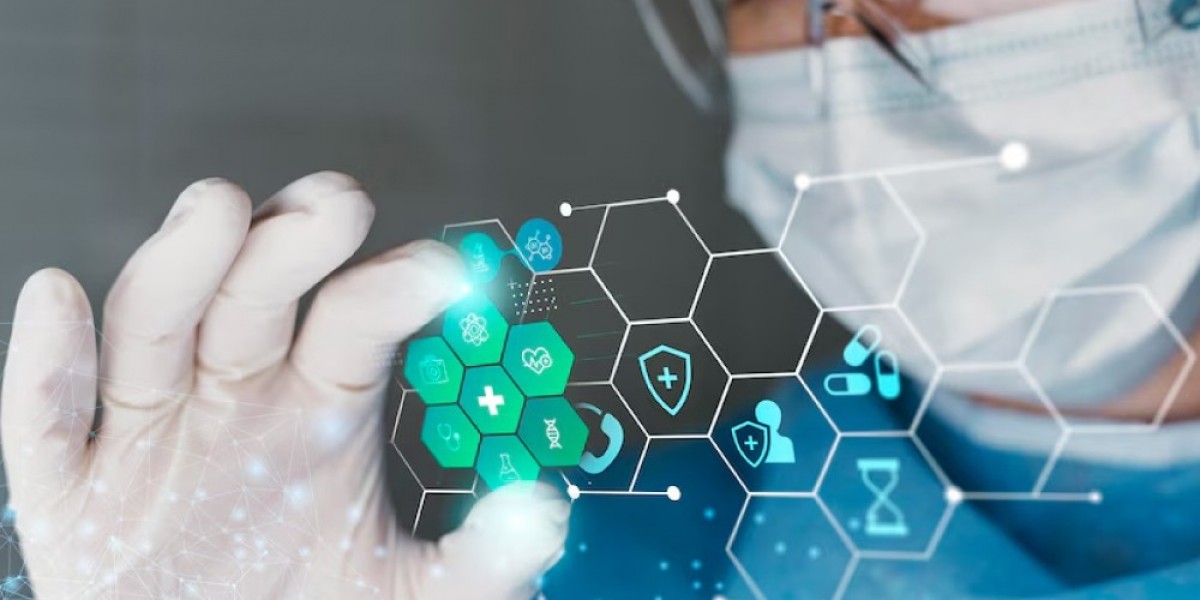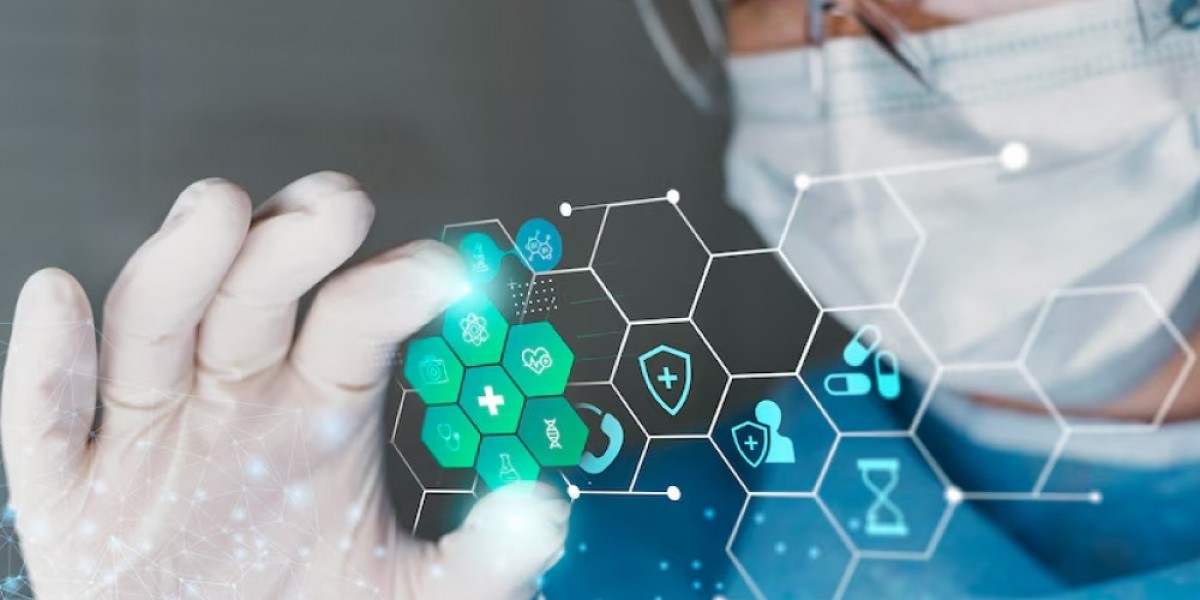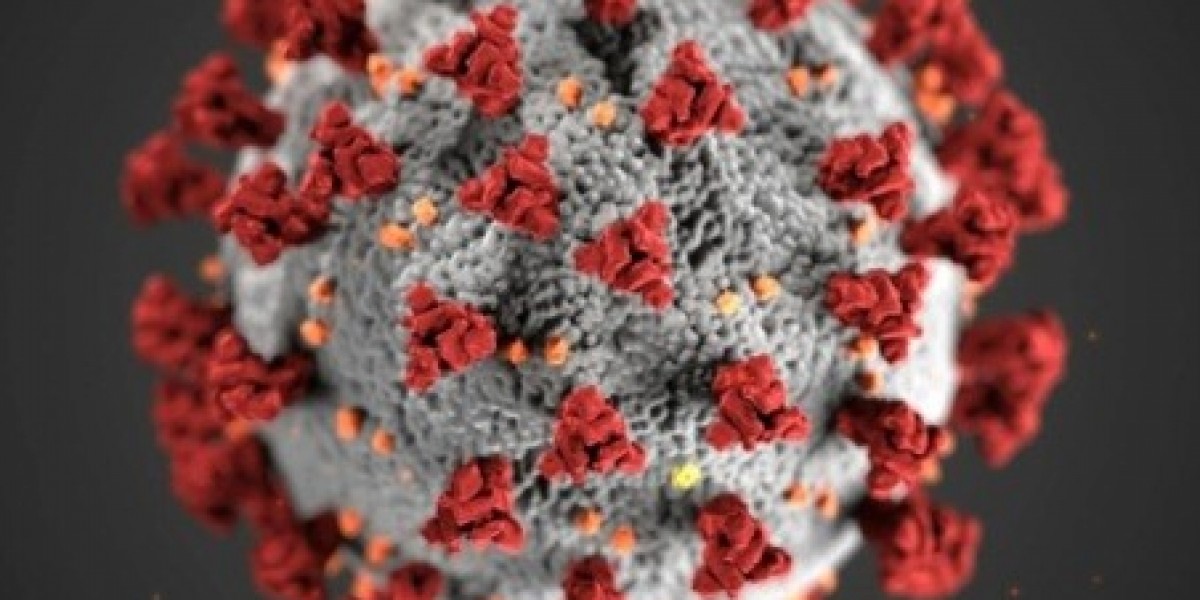Walk into any high-performance laboratory in 2025 and you’ll notice something quietly different: fewer clunky gas cylinders stacked in corners, and more sleek, whisper-quiet gas generators integrated right into the workflow. This shift isn't just cosmetic—it's a reflection of a much deeper transformation in how laboratories operate. Welcome to the silent revolution of laboratory gas generators.
The Cylinder Problem: Old, Risky, and Disruptive
For decades, gas cylinders were the backbone of laboratory gas supply. But ask any lab technician or facility manager, and they’ll likely have a story of a near-miss, a delivery delay, or a calibration error caused by inconsistent gas pressure.
Cylinders are heavy, pressurized, and often hazardous to move. They require ongoing contracts, manual handling, regulatory paperwork, and frequent maintenance. And when they run out mid-experiment, they cause frustrating downtime—something modern labs simply can’t afford.
Enter the Gas Generator: A New Era of Control and Convenience
Laboratory gas generators—whether for nitrogen, hydrogen, or zero air—offer an elegant solution. Compact, quiet, and designed for continuous operation, these devices produce high-purity gas right where it’s needed. There’s no more waiting for deliveries, no more juggling cylinder switches during experiments, and no more guesswork on gas purity.
In 2025, labs are increasingly valuing autonomy—and gas generators offer exactly that.
Why the Adoption is Skyrocketing
1. Operational Efficiency:
Today’s research cycles are fast-paced. Every delay means lost time and possibly lost funding. Gas generators eliminate downtime due to cylinder changes or delivery delays. They’re designed to run 24/7 with minimal intervention.
2. Enhanced Safety:
Handling pressurized cylinders has always been risky. Gas generators reduce these risks significantly. There's no high-pressure transport, and modern systems come with built-in safety protocols and alerts, making lab environments safer for researchers.
3. Sustainability and Green Labs:
With the global push towards sustainability, labs are under pressure to reduce their carbon footprint. Gas generators help by eliminating the emissions associated with cylinder production, transport, and disposal. Hydrogen and nitrogen generators especially support cleaner energy transitions within the lab setting.
4. Long-Term Cost Savings:
Although the initial investment in a gas generator can be higher than purchasing a cylinder, the long-term ROI is impressive. Labs can save on delivery costs, cylinder rental fees, and time lost during changeovers or maintenance. Within 1-2 years, most systems pay for themselves.
5. Customization and Smart Integration:
Today’s generators are smart. Many offer remote monitoring, auto-calibration, and system diagnostics that sync with LIMS (Laboratory Information Management Systems). Some advanced models even predict gas demand trends to optimize performance and reduce energy consumption.
Real-World Example: From Bottleneck to Breakthrough
Dr. Meera Shah, a molecular biologist based in Bengaluru, recalls the constant delays in her lab due to late nitrogen cylinder deliveries. “We lost a week’s worth of cell culture work once—it was heartbreaking,” she says. Since installing a bench-top nitrogen generator, her lab hasn't looked back. “It’s quiet, compact, and gives us full control. I wish we had made the switch earlier.”
Looking Ahead: Will Cylinders Become Obsolete?
While some specialized applications may still rely on high-pressure cylinders, the general trajectory points toward on-demand generation as the norm. Manufacturers are responding to this demand with smaller, smarter, and more energy-efficient models that fit seamlessly into any lab setup—big or small.
Browse More Reports:









